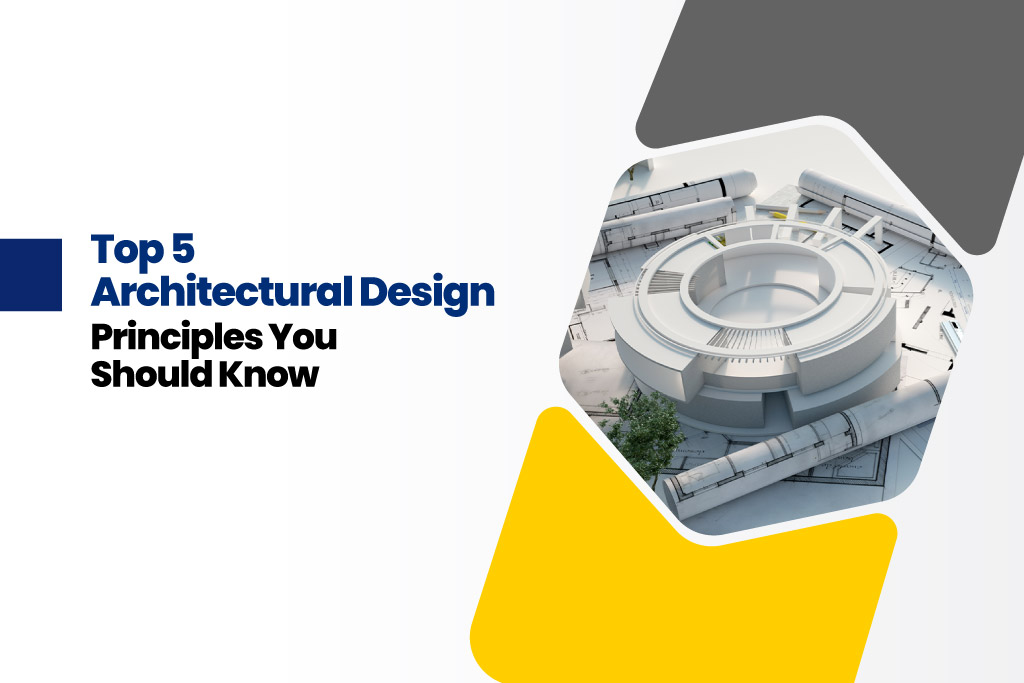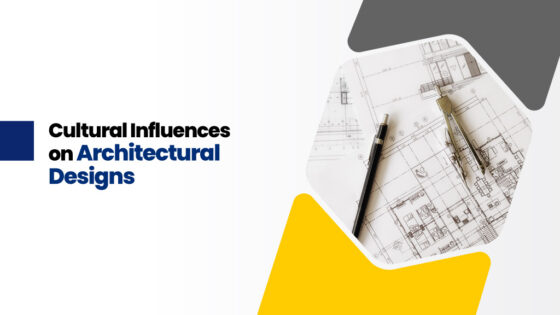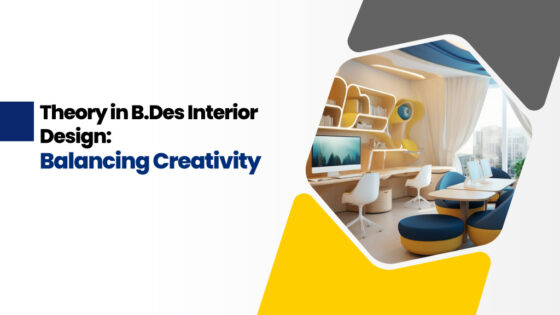The architectural work of any building makes us awestruck and admire. We never know the work and principles behind the beautiful and strong buildings. Whether the grand skyscrapers or modest houses, the fundamentals of architectural design are efficient and aesthetically pleasing. From ancient buildings to modern graphic designs, every type of art can be broken down into the fundamentals of design based on line, shape, color, texture, form, value and texture. These fundamental design components can also be used to analyze architecture.
Let’s explore the top 5 architectural design principles in this article which any enthusiast for design and aspiring architect should be aware of.
Design principle is the foundation on which shapes and spaces are created. They ensure any building is both visually beautiful and useful for humans to live in. They support the work of architects in creating long-lasting and modern buildings. Top Architect Colleges in Coimbatore empower students with this knowledge and provide hands-on training to let them experiment with these principles.
5 Architectural Design Principles Every Architect Should Know
Balance
Balance is the fundamental principle in architectural design. It is the development of balance between different components in a room. Balance comes in two parts: symmetrical and asymmetrical.
Symmetrical
Symmetrical balance is obtained when items on opposite sides of a central axis mirror one another. For example, anything you position to the building’s right, you also position to its left. A building can also be symmetrical if its top and bottom are the same along a horizontal axis that runs through the center of the structure. As a result, stability and order are created, which are characteristics of classical architecture.
Asymmetrical
Instead of mirroring one another, the building’s two sides share the same visual weight to produce balance. In these situations, equilibrium may be achieved with the aid of the surrounding built and natural environments. Modern architecture is built based on asymmetry creating more innovative and dynamic buildings.
The two most fundamental types of balance are symmetrical and asymmetrical balance. However, a structure’s architectural elements can also have different types of symmetry. The Sydney Opera House is a perfect example of architectural balance because of the way its shell-like structures combine to create a visually stunning asymmetry while still keeping the building balanced overall.
Proportion
Proportion is the most important factor in architecture as it contributes to harmony and unity in a design. Architects can design eye-pleasing and coherent buildings by effectively using proportion. Proportion usually makes sure that the different elements of a design have a good size and scale relationship with each other. This can be achieved by utilizing measurements and ratios that balance one another out, like the Golden Ratio. The golden ratio is a mathematical ratio that has been used in art and buildings for ages. Greece’s Parthenon is a classic example of perfect proportion.
Rhythm
A building’s movement completely depends on its rhythm which is produced by recurring features. This can be achieved by repeating the shapes, patterns, or colors. One common example of rhythm is how a house’s windows are of the same shape. In certain situations, repetition can introduce movement in addition to integrating a structure. A space’s rhythm gives the viewer a sense of consistency and continuity as they move through it. The iconic modern architecture Falling Water, designed by Frank Lloyd Wright, is an example of how rhythm is employed. The rhythmic interaction of the vertical lines of the supporting columns with the horizontal lines of the overhanging balconies improves the overall aspect of the structure.
Emphasis
Architectural emphasis can be produced in a number of ways. Such an impression is frequently accomplished in architecture by the use of eye-catching colors, shapes and textures. Emphasis highlights particular components in a design by establishing focus points. The Statue of Liberty is the best example of architectural emphasis. The massive statue attracts attention and symbolizes freedom as a focal point on Liberty Island.
Contrast
One of the fundamental ideas of successful architectural design is contrast which helps produce a distinctive shape for each distinct space. Contrast is created in a building’s design by using different lighting and shadows, materials, colors, textures and sizes. Architects and designers can create a balance between different areas of the structure by adjusting the contrast to amplify these visual components. Frank Gehry’s Guggenheim Museum in Bilbao is a prime example of the impact that architectural contrast can have. A structure’s visual appearance is enhanced by contrast, which also helps to set it out from its surroundings.
Architectural design is the dynamic interaction of several concepts that define the built environment. These principles are responsible for creating some of the world’s most recognizable and breathtaking structures. These principles have to be followed by aspiring architects in order to build environments that improve the human experience. Are you an aspiring architectural student studying in one of the Best Architecture Colleges in South India? In that case, you must know about these 5 principles and incorporate them into your projects.






